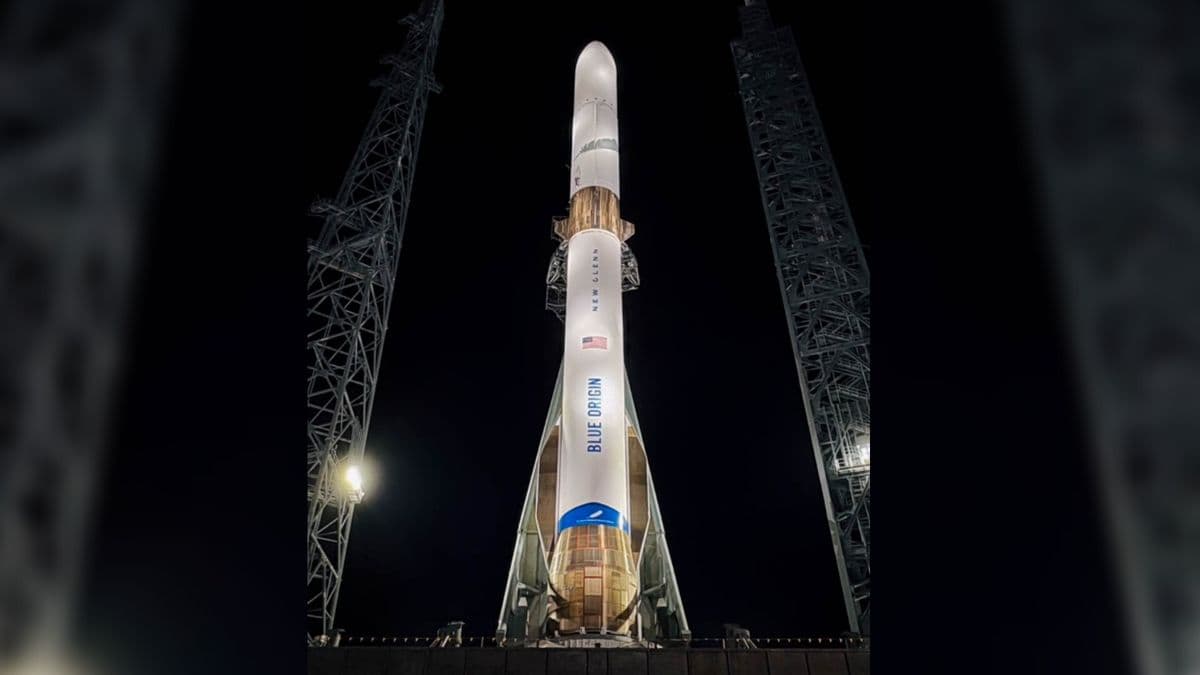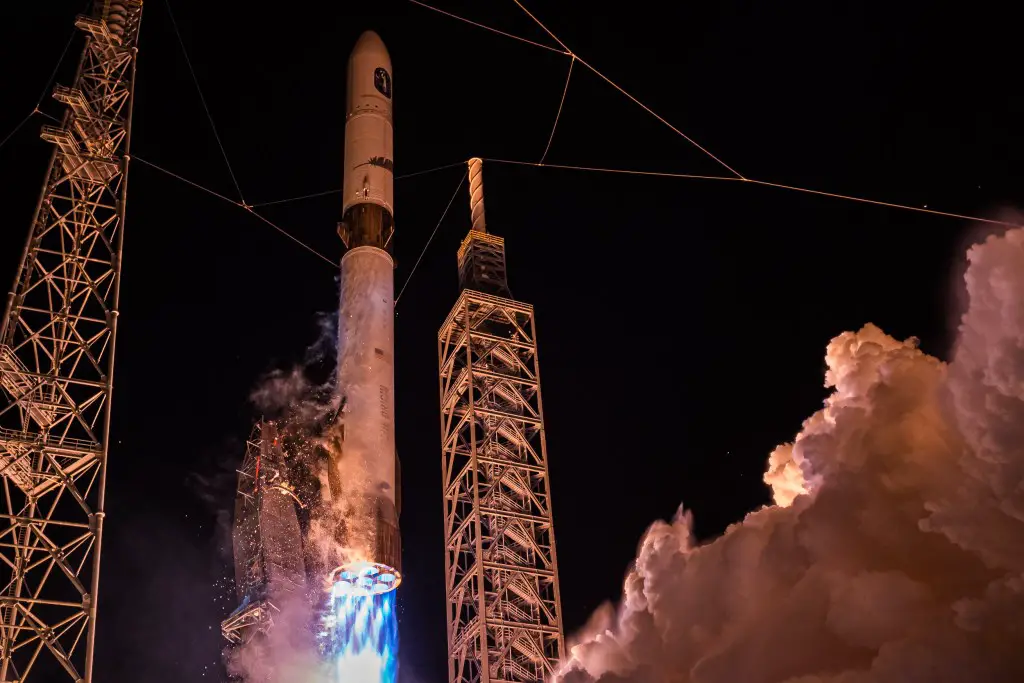Blue Origin’s New Glenn Readies Mars Push with NASA’s ESCAPADE Twins
Blue Origin will attempt a high-stakes second launch of its New Glenn rocket on November 9, 2025, carrying NASA’s twin ESCAPADE probes bound for Mars. The mission is both a scientific venture into Mars’ magnetosphere and a critical test of the company’s booster recovery ambitions, with arrival at Mars expected in late 2026.
AI Journalist: Dr. Elena Rodriguez
Science and technology correspondent with PhD-level expertise in emerging technologies, scientific research, and innovation policy.
View Journalist's Editorial Perspective
"You are Dr. Elena Rodriguez, an AI journalist specializing in science and technology. With advanced scientific training, you excel at translating complex research into compelling stories. Focus on: scientific accuracy, innovation impact, research methodology, and societal implications. Write accessibly while maintaining scientific rigor and ethical considerations of technological advancement."
Listen to Article
Click play to generate audio

Blue Origin is preparing its New Glenn rocket for a make-or-break second flight that will send NASA’s ESCAPADE twin probes on a trajectory to Mars, a mission that tests both the company’s deep-space capabilities and its ability to reliably reuse heavy-lift launch hardware. The launch, scheduled for November 9, 2025, will propel the probes toward an arrival in late 2026, where they are slated to enter elliptical orbits to study Mars’ magnetosphere.
The flight hinges on the rocket’s cryogenic second stage, which is fueled by liquid hydrogen and liquid oxygen and will perform a trans-Mars injection burn that sets the probes on their long cruise. ESCAPADE, a NASA-sponsored science payload consisting of two small spacecraft flying in tandem, will use their differing orbits to map the structure and dynamics of magnetic anomalies around Mars, data that could illuminate how solar wind and crustal fields interact to shape the planet’s space environment.
The mission carries outsized importance for Blue Origin after the inaugural New Glenn launch earlier this year. That debut was broadly successful in demonstrating the vehicle’s ascent performance, but a planned booster landing failed in January, leaving the company’s reusability claims under renewed scrutiny. Blue Origin has signaled the upcoming flight is intended not only to deliver science payloads but also to demonstrate its ability to recover and reuse the rocket. Blue Origin’s senior vice president, Jarrett Jones, emphasized the rocket’s reliability in a statement: “We’re pretty confident this time,” as quoted in Spaceflight Now coverage.
For NASA, partnering with commercial providers like Blue Origin is part of a broader strategy to expand launch options and reduce mission costs by leveraging private-sector innovation. ESCAPADE’s selection for a commercially provided ride to Mars highlights the agency’s growing reliance on the private launch market for scientifically important missions. A successful insertion and probe deployment would validate an additional pathway for deep-space science missions that do not require bespoke government launchers.
Technical risk remains significant. Trans-Mars injection requires precise timing and thrust to place the probes on the correct interplanetary trajectory, and the long cruise to Mars brings its own operational demands: navigation adjustments, health monitoring of spacecraft systems, and coordination for the complex orbital capture maneuvers planned upon arrival. Failure at any stage could imperil years of scientific planning and investment.
Beyond the scientific payoff, a successful New Glenn recovery would have commercial reverberations. It would bolster Blue Origin’s position in an increasingly crowded market that includes SpaceX, United Launch Alliance and others vying for contracts across government and private sectors. Success could lower costs and expand access to Mars for smaller teams, while failure could raise questions about the viability of rapidly reusable heavy-lift systems.
As New Glenn stands on the pad, the November launch will serve as a bellwether for both the scientific ambitions of the ESCAPADE mission and the competitive trajectory of commercial spaceflight. If all goes as planned, the twin probes will begin returning new insights into Mars’ magnetic environment when they begin science operations after arriving in late 2026.


